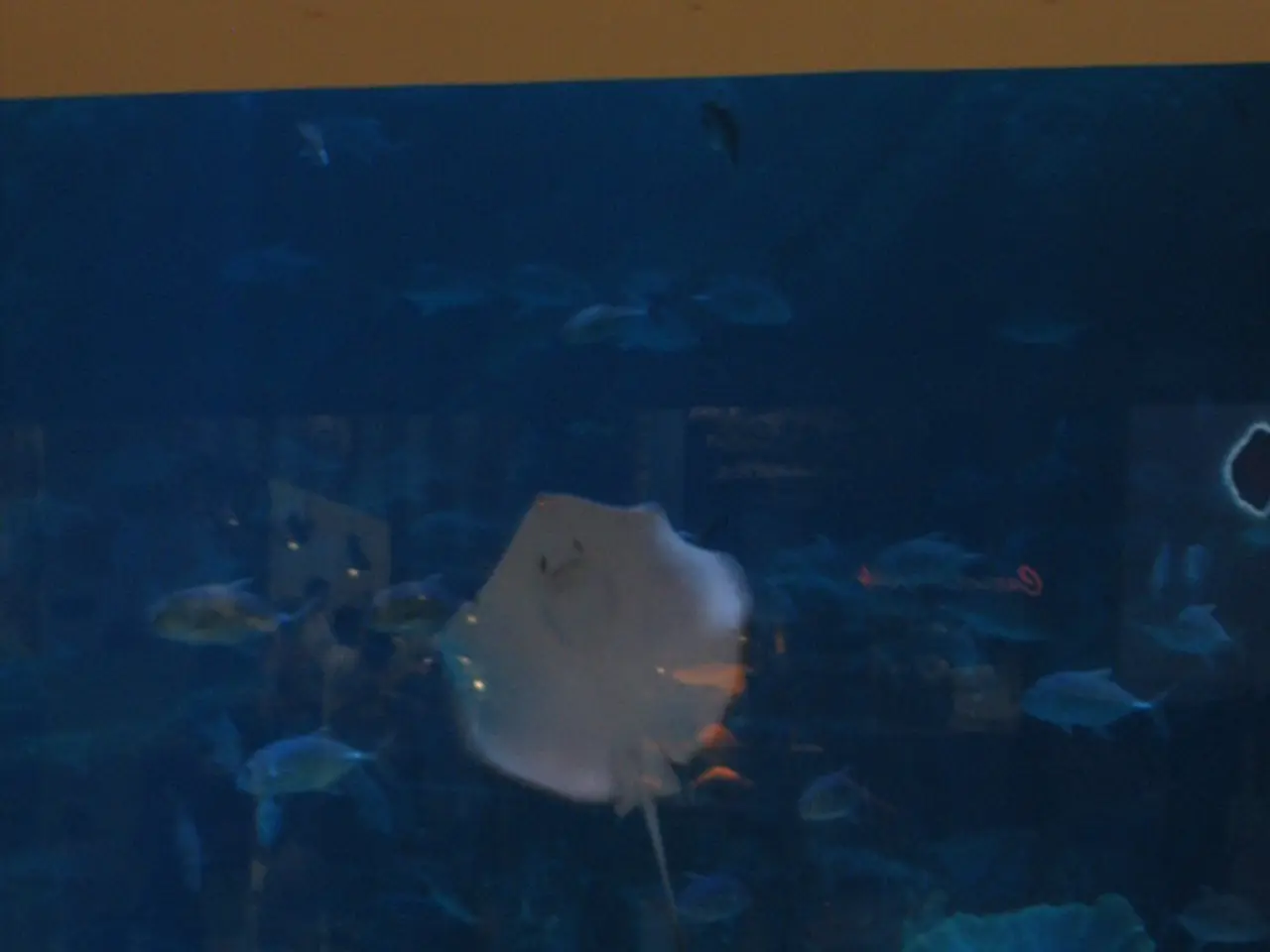Guide for Acquiring Pest and Parasite Management Solutions - Prevent Annoying Intruders from Infesting Your Aquarium!
The world of saltwater aquariums can be a fascinating one, but it comes with its own set of challenges, chief among them being the threat of algae, pests, parasites, and disease. This article provides a comprehensive guide on how to prevent and treat common coral pests effectively.
## Preventing Coral Pests
Prevention is always better than cure, and this holds true in the realm of saltwater aquariums. Here are some strategies to keep your tank pest-free:
### 1. Quarantine Procedures
Before adding new corals to your display tank, it's crucial to quarantine them in a separate tank. This allows you to check for pests and diseases without risking the health of your established corals. Additionally, coral dipping is a preventive measure that involves dipping newly acquired corals in a coral-safe dip to remove pests like coral-eating flatworms or other unwanted organisms.
### 2. Maintain Good Tank Conditions
Regular cleaning, maintaining good water circulation, and ensuring optimal water parameters are key to discouraging pest growth. A clean tank and optimal water conditions promote healthy coral growth and reduce stress, which can invite pests.
### 3. Biological Control
Using natural predators like certain species of fish or invertebrates that prey on pests can help control their populations. For instance, peppermint shrimp are known for preying on Aiptasia anemones.
## Treating Coral Pests
Despite preventive measures, pests may still find their way into your tank. Here's how to deal with them:
### 1. Identify the Pest
Understanding the specific pest is essential for choosing the appropriate treatment. Common pests include coral-eating flatworms, Aiptasia anemones, and bristle worms. Observing symptoms such as damaged or discolored corals, or the visible presence of pests themselves, can help in identifying the pest.
### 2. Remove Pests Mechanically
For larger pests like Aiptasia, use a tool to manually remove them from the tank. Be cautious not to damage surrounding corals. For smaller pests, use a pipette to suck them out.
### 3. Use Chemical Treatments
Coral-safe dips are a safe option for removing pests without harming the coral itself. In severe cases, specific medications can be used in a quarantine tank to treat affected corals, but this should be done with caution and under professional advice.
### 4. Hyposalinity
This method involves lowering the salinity of the water to treat parasites that might be affecting corals indirectly by infecting fish. However, it primarily targets fish parasites and should not be used in a tank with corals or invertebrates, as it can harm them.
## Additional Tips
- Regularly inspect your tank to catch any pest issues early. - Maintaining a diverse tank with a healthy balance of species can help control pest populations naturally. - Continuously learn about different pests and their treatments to stay prepared for any situation.
By following these strategies, you can effectively prevent and treat common coral pests in your saltwater aquarium. A few products available for purchase include Aquavital Bactosprint, Fritz-Zyme TurboStart 900, Microbacter QuickCycl, Red Sea Aiptasia-X, Joe's Juice Aiptasia Eliminator, EcoPods - Copepod Variety Mix, NitroCycle Rapid Aquarium Cycling Additive, Microbacter Dry Rock Bacteria Starter Kit, and MicroBacter7 - Complete Bioculture.
In more serious situations like red bugs or bacterial infections, removal of infected corals and repeated medicated coral dips may be necessary. Frank's F-Aiptasia is a chemical remedy for controlling aiptasia, while products like MicroBacter Dry Rock Bacteria Starter Kit and MicroBacter7 - Complete Bioculture can help develop a balanced and diverse biome, preventing photosynthetic pests. Early detection of pests can allow for the removal of infected corals before they spread throughout the tank.
Incorporating a home-and-garden approach to your lifestyle, consider a balance between pets, sports, home-and-garden, and sports-analysis. This could mean maintaining a thriving saltwater aquarium – a mini home-and-garden ecosystem – while keeping up-to-date with sports analysis, managing your pets, and engaging in sports. In the realm of saltwater aquariums, preventing coral pests is key, achieved through quarantine procedures, maintaining good tank conditions, and employing biological control. On the flip side, should pests find their way into your tank, dealing with them effectively requires careful identification, manual removal, chemical treatments, and practicing hyposalinity (in specific cases). By doing so, you'll enjoy an aesthetically pleasing, healthy lifestyle while maintaining a vibrant underwater world, armed with essential knowledge in hand.




